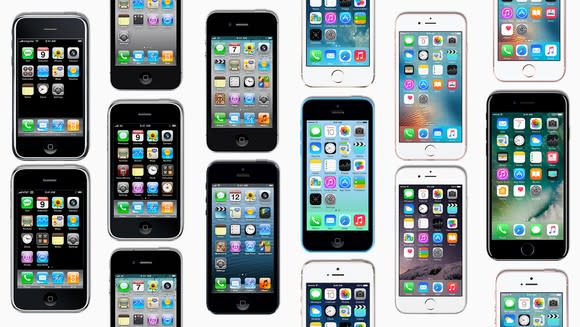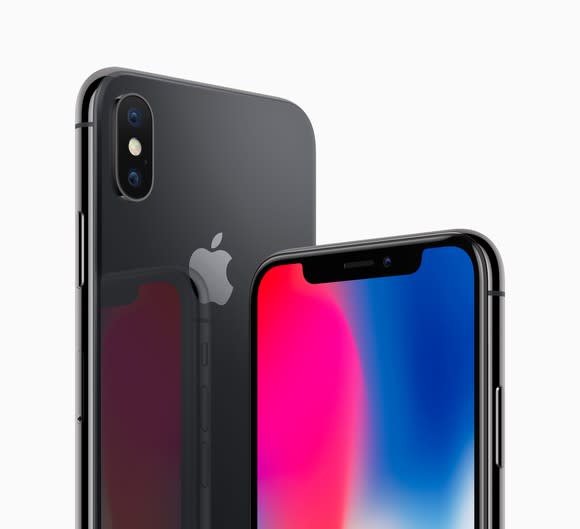It's Time for Apple to Bring This iPad Pro Feature to iPhone
Later this year, Apple (NASDAQ: AAPL) is expected to launch three new iPhones. The highest-end option of the trio will also be the largest of them -- an iPhone X-style smartphone with a huge 6.46-inch organic light-emitting diode (OLED) display. (The current iPhone X has a 5.85-inch OLED display.)
Apple has historically charged a roughly $100 premium for the larger versions of its smartphones. For that additional outlay, the customer got a larger and sharper display, a better camera, and some additional software features that wouldn't translate well to a smaller display.
But there's one potential software feature that Apple should add to this year's 6.46-inch iPhone X to further sweeten that list of perks: split-screen multitasking.

Image source: Apple.
Why add the feature?
The ability to run multiple apps simultaneously is something that many high-end Android-based flagship smartphones can do. It's also a feature that's present on Apple's iPad models with 9.7-inch displays or larger.
The addition would not only be a compelling feature on an iPhone with a large enough display to support the functionality, but it would help neutralize a potential selling point that flagship Android-based smartphones have over the iPhone.
A 6.46-inch display should qualify as sufficiently large, especially considering that Android-based smartphone makers have successfully implemented the split-screen multitasking feature on devices with even smaller screens.
The case to limit the feature to iPhone X
It might make sense for Apple to add the ability to run multiple apps simultaneously to all of its new iPhone models. In fact, doing so could help broaden the iPhone's appeal and might even prove to be a feature that -- if marketed properly -- could serve as a catalyst for iPhone upgrade activity.
However, there is a case to be made for limiting it to Apple's 6.46-inch iPhone X.

Image source: Apple.
First, if the feature would prove to be a compelling selling point, then limiting it to the largest iPhone could help convince prospective iPhone buyers to opt for Apple's largest, most expensive model. Such a shift would translate into higher iPhone average selling prices and, almost certainly, higher profits for Apple.
Considering that the premium portion of the smartphone market is seeing anemic-to-nonexistent unit shipment growth, Apple's best chance of growing iPhone revenue is to try to grow iPhone market share and average selling prices. (The latter phenomenon was on full display in Apple's most recent quarter.)
Another reason that Apple might want to limit such a feature to the iPhone X is that the user experience might not be that great -- or, at the very least, not up to Apple's standards -- on a smaller display, like the one found on the current iPhone X or even on the rumored lower-cost iPhone with a 6.1-inch liquid crystal display (LCD).
In that case, Apple not only benefits from any potential customer mix shift toward its most expensive iPhone model, but it wouldn't be forced to ship a feature that the company's designers think isn't appropriate for the size of the screen on the device.
More From The Motley Fool
Ashraf Eassa has no position in any of the stocks mentioned. The Motley Fool owns shares of and recommends Apple. The Motley Fool has the following options: long January 2020 $150 calls on Apple and short January 2020 $155 calls on Apple. The Motley Fool has a disclosure policy.

 Yahoo Finance
Yahoo Finance 